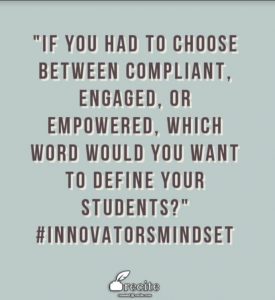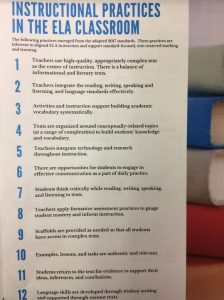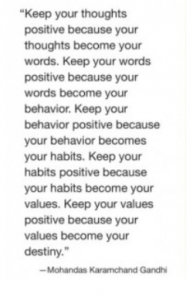Literary elements are the “skeleton” of fictional text.
 These literary elements give fiction structure but what about non-fiction?
These literary elements give fiction structure but what about non-fiction?
Non-fiction is “held up” by the text features and signal words which help to determine the “skeleton” or structure of the text. An author creates a text structure by designing or writing the text by using common text features to “build” the main ideas.  The signal words are embedded to let the reader know what ideas are important and to better understand them. The main structure types of non-fiction are:
The signal words are embedded to let the reader know what ideas are important and to better understand them. The main structure types of non-fiction are:
- Cause and effect: describe cause and effect relationships. The text describes events and identifies reasons (causes) for why the event happened.
- Description: text that visualizes information which utilizes sensory and descriptive details that provides the 5W’s about a topic.
- Sequential: chronologically organized from beginning to end
- Compare and Contrast: comparisons used to describe an idea and similarities and differences are shared
- Problem and Solution: author introduces a problem and presents solutions
Text features must be explicitly taught to help students navigate through informational and non-fiction text. These features help readers “see” how the author crafted the article or selection. The use of subheadings, columns, graphics, and other features help the reader determine what is important.
Educators spend a great deal of time teaching text features because we want them to navigate the text effectively. This intentional instruction is important—right? The answer to this is “YES” but that is simply not enough for a young reader to fully navigate the text. They must be taught the different text structure types, text features that accompany each structure and the signal words that the author uses to organize a selection. Together these elements are used to create a text and help a reader find and understand the main points of the selection. Explicitly teaching signal words helps students determine how the author organized or structured the information for the reader to understand. Signal words are the author’s way of helping the reader see and understand the main points. Signal words help suggest and show the reader how the author has structured their writing to help you better understand the text.
Click this site to see important signal words to focus on: http://ptgmedia.pearsoncmg.com/images/9780205521067/downloads/SignalWords.pdf
What Questions Do Text Features and Signal Words Help a Reader Determine?
- How do I navigate a text?
- What main ideas and details do the author feel are important?
- What type of TEXT STRUCTURE does the non-fiction selection have? (The text features and signal words guide this!)
- What is the author SHOWING you that is important? How? (text features and the author’s craft)
In conjunction with text features, an author uses signal words to help a reader determine the structure that was used to create the text. Please click this link to see a chart which shows the text structure types and signal words: http://www.syracusecityschools.com/tfiles/folder836/3.11%20Text%20structure%20signal%20words.pdf
I have created a guide for students to use to determine the text structure of a text. This is a step by step process and requires students to interact with the text and self question. They must determine what they see and how it is organized using text features and signal words. Understanding the structure helps students to apply the correct type of note taking, look out for main ideas and to make sense of what the author finds important.
Click here for the guide: analyzing-text-structure
What can you do to teach text structure explicitly?
- Teach text structures using examples of texts and discuss how it has been organized.
- Take text features out of a text and allow students to figure out where the features should go and why.
- Discuss main idea sentences and key words that show a certain text structure.
- Model how to preview a text and to collect information from the text prior to reading and information they can gain while reading in the form of annotation.
- To solidify learning have students write using that specific text structure to ensure they understand how this type of text is crafted.
Check out resources below from FCRR which can help you gain more ideas about text analysis for students. Student understanding of how something is written helps to aid their comprehension. We know that teaching by genre can help a student better understand fictional text by knowing what elements they are looking for as they read. Once a student knows they are reading a fairy tale, they know that magic will be an element and contain a heroic event. If the child is reading a tall tale, they will understand that hyperbole is an element which aids in the understanding that the story may not make sense at times but is meant in a humorous manner. Non-fiction and informational text takes many forms as well and deserves the explicit instruction that we provide when we teach literature.
Start noticing as you read non-fiction text, what text structure the author has utilized. Notice how you read differently if you know it is organized sequentially rather than in problem solution format. How does it change what you are looking for as you read? Do you take notes differently? When you notice how you read differently—you will see the importance of showing your students.
Florida Center for Reading Research Text Structure Resources:
FCRR: Text Analysis (Grades 2-3)
FCRR: Text Analysis (Grades 4-5)
FCRR: Expository Texts (Grades 2-3)
FCRR: Expository Texts (Grades 4-5)


